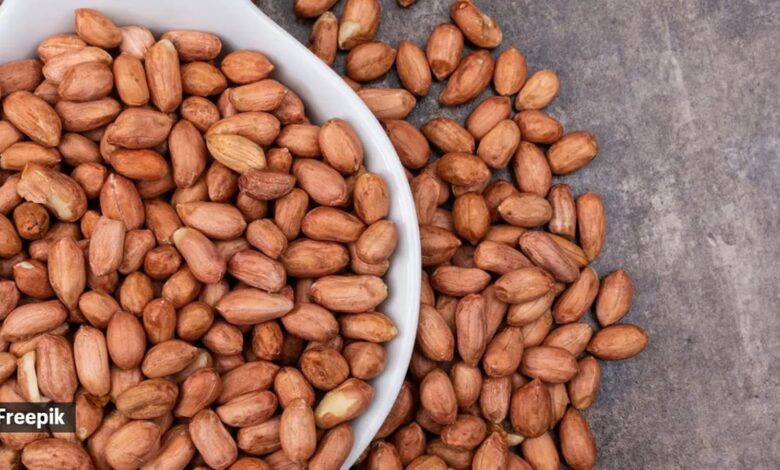What happens to the body when you have unpeeled peanuts?

Peanuts are a powerhouse of nutrition, but what is the best way to have them — with or without the peel? Before we dive into this question, let’s understand why we should have peanuts.Peanuts are a powerhouse of energy and essential nutrients the body needs for sustained energy, muscle repair, and overall well-being. “Packed with fibre, protein, and fat, peanuts help keep you feeling invigorated after a meal. They also provide an excellent dosage of essential minerals like folate and magnesium,” said Dr Vineet Rao, consultant, General Medicine, Jupiter Hospital, Pune.
Peanut shells are frequently discarded, even though they contain a wealth of minerals and bioactive substances that can significantly improve health. From a doctor’s perspective, consuming peanuts with thin reddish-brown skin is more beneficial. “Peanut skins have more to give than many people think, thanks to their strong antioxidant levels and high fiber content,” said Dr Rao.
Story continues below this ad
The peel is rich in antioxidants, particularly resveratrol and polyphenols, which help combat oxidative stress and support heart health, according to Dr Birali Swetha, chief dietician, Gleneagles Aware Hospital, LB Nagar, Hyderabad. “Studies suggest that these compounds have anti-inflammatory properties and may contribute to better immunity,” said Dr Birali.
What are the health benefits of peanut skin?
Antioxidants
Peanut skins are high in antioxidants, particularly polyphenols such as resveratrol and flavonoids, which play an essential role in combating oxidative stress in the body. “Oxidative stress occurs when an imbalance between free radicals and antioxidants causes cell damage and can contribute to ageing and other disorders. Antioxidants included in peanut skins help neutralise free radicals, protecting cells and perhaps lowering the risk of chronic illnesses such as heart disease and cancer,” said Dr Rao.
Here’s what you should consider (Photo: Getty Images/Thinkstock)
Gut health
Peanut skins include dietary fibre essential for keeping a healthy digestive tract. “Fibre supports the growth of healthy gut bacteria, which is essential for general gut health and regular bowel movements. A fibre-rich diet can also help reduce the risk of digestive diseases, including constipation and diverticulosis, and reduce the chance of developing colon cancer. With their high fibre content, peanut skin might be an excellent addition to the diet of people wishing to enhance their digestion naturally,” said Dr Rao.
Blood sugar controlStory continues below this ad
Due to their fibre and polyphenol content, peanut skin may also aid people trying to control their blood sugar level. “Fibre slows digestion, resulting in a more steady release of glucose into the circulation and helping to minimise blood sugar increases after meals,” said Dr Rao.
Nutrients in peanut skins, such as vitamins, minerals, and antioxidants, promote immunological health. Incorporating peanut skins into your diet helps your body’s defenses against germs.
Whether you use fortified peanut butter or eat peanut skin, incorporating them into your diet is a simple way to reap their nutritional advantages.
However, some individuals may find the peel slightly bitter or difficult to digest. “In rare cases, peanut skin may trigger allergies or gastrointestinal discomfort. If you have a sensitive stomach or a hory of allergies, peeling them might be a safer option. Additionally, roasted peanuts with skin retain more nutrients than blanched (skinless) peanuts,” said Dr Birali.Story continues below this ad
Opt for unsalted, roasted peanuts with their skin intact for maximum benefits. “This way, you get fibre, essential fats, and antioxidants, all contributing to better digestion and overall well-being,” said Dr Birali.
As with any food, moderation is key. “Excessive peanut consumption can lead to calorie overload and digestive issues,” said Dr Birali.
So, keeping it on is a healthier choice unless you have a specific reason to avoid the peel.







